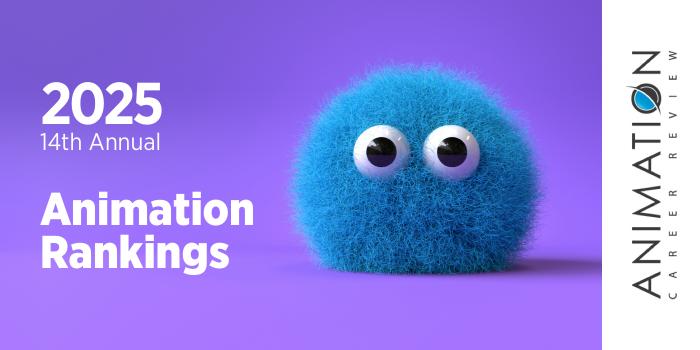Virginia Commonwealth University (VCU) is home to one of the nation’s top public graduate art schools. Known as VCUarts (School of the Arts), this collaborative school also has a branch campus in Doha, Qatar. In 1998, VCUarts Qatar became the first American college built in Doha’s Education City. Serving approximately 300 students, the school focuses on the liberal arts and sciences, with shared courses through VCUarts Richmond, as well as conferences, arts research, event programming, and semester exchange programs.
VCUarts Qatar employs around 82 faculty that provide six programs leading to a bachelor’s or master’s degree. The campus accepts just 10 exceptional juniors and seniors from the Kinetic Imaging (KI); Painting and Printmaking; Graphic Design; and Art History programs. Students in other programs may apply to VCUarts Qatar, with approval.
The Department of Kinetic Imaging in the School of the Arts is a top choice for students who are interested in animation, video, and sound for films, experimental video, and art-making. Programs lead to a BFA or MFA in Kinetic Imaging. An 18 credit-hour Animation minor is also available. This program features required courses such as History of Animated Film; Animation Practices; and Animation Studio.
The remaining courses come from elective options. Examples include Sequential Imaging; Lighting and Cinematography; 3D Computer Art; Writing and Directing for Screen; and Digital 3D Studio.
The Kinetic Imaging BFA program at VCUarts requires 121 credit hours of study completed over four years. The Kinetic Imaging MFA requires 60 credit hours. Both programs are multidisciplinary and explore areas such as animation, emerging art, video, sound, and virtual reality (VR). Students may also customize a focus area or create their own cross-disciplinary path through electives and other courses.
BFA students will begin their studies with the Art Foundation Program consisting of 20 credit hours. Foundation course examples include Drawing Studio; Survey of Art I-II; Time Studio; and Space Research. Examples of major course requirements include Animation Practices; Creative Code and Electronics; Sound Art; Concept and Development Studio; 3D Computer Art; and Video Practices.
Elective and other course examples include 3D Computer Animation; Motion Graphics; Topics in Animation; Live Coding; Animation Concepts; Virtual Interactive Worlds; Global Film Studies; Writing for Stage and/or Screen; Topics in Video Art; Sound Design; and Socially Engaged Media.
In addition to a flexible curriculum, VCUarts KI BFA students benefit from workshops, lectures, and performances by visiting artists; internship opportunities; and access to state-of-the-art studios, labs, computing workshops, and a motion capture space. The program culminates with the Research and Production I-II courses, with a focus on critical analysis and development of the final project with emphasis on implementation, execution, and presentation.
Graduates of the Kinetic Imaging BFA program at Virginia Commonwealth University are prepared to pursue titles such as 2D Animator, 3D Animator, Motion Graphics Artist, Director, Game Artist, Sound Designer, and Adverting Animator.
The studio-based Kinetic Imaging MFA accepts just eight students per academic year. This collaborative and immersive program explores animated arts, interactivity, coding, emerging media, sound art, mediated performance, and installation. Each semester, KI MFA students will complete a graduate seminar and graduate studio class with a focus on vigorous studio production. Elective options also help students meet their individual studio and research goals.
Other KI MFA features include 24/7 access to personal studios along with animation, video, and sound production spaces; visiting artists talks, including one-on-one studio visits with graduate students; and opportunities to teach in the undergraduate VCUarts Kinetic Imaging program.
The culminating experience for the KI MFA is the exhibition of the student’s best work at VCU’s Anderson Gallery. The program may be completed in two years, full-time.
Graduates of the Kinetic Imaging MFA program at Virginia Commonwealth University are prepared to pursue leadership roles in the entertainment industry, game design and development, and advertising; the technology sector; and in architecture, science, medicine, education, and research, among others.
Founded in 1838, Virginia Commonwealth University is a top 100 research university that serves approximately 28,830 students. With more than 26,000 employees at VCU and VCU Health System,
Virginia Commonwealth University is also Richmond, Virginia’s largest employer. The school provides more than 200 academic programs across 20 colleges, centers, and schools. Virginia Commonwealth University is accredited by the Southern Association of Colleges and Schools Commission on Colleges (SACSCOC).





